The Amazon rainforest is one of the most biodiverse and awe-inspiring ecosystems on Earth.
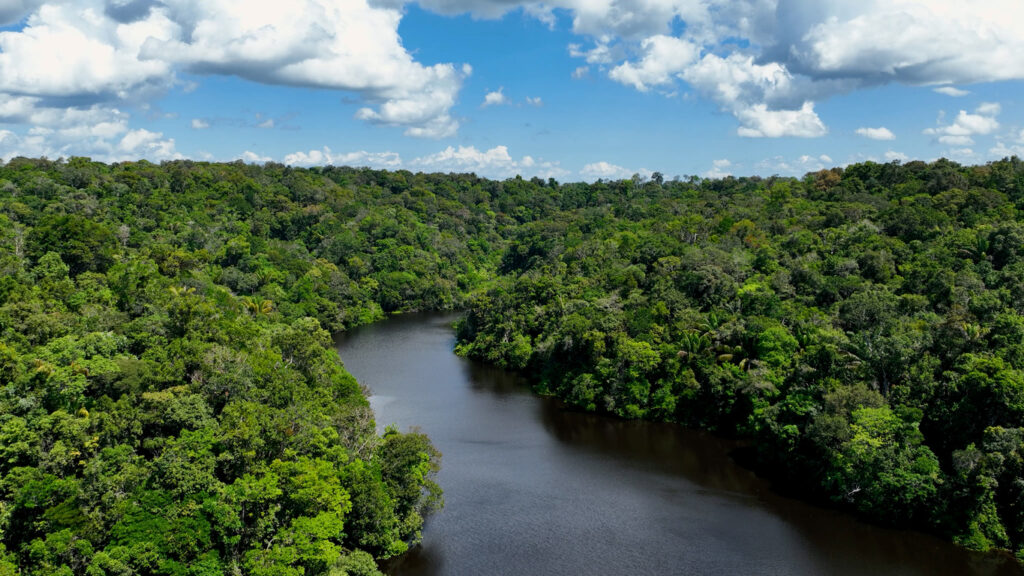
Spanning nine countries and covering over five and a half million square kilometres, it’s home to more than 10% of the world’s known species, many of which exist nowhere else. It plays a central role in regulating the planet’s carbon balance and hydrological systems. Often referred to as the “lungs of the planet,” the Amazon absorbs vast amounts of carbon dioxide and helps moderate global temperatures. But this vital landscape is under relentless pressure from deforestation, illegal mining, agriculture, and climate change. As awareness of its importance grows, so too does the question: can we actually save the Amazon?
Why the Amazon matters, and why it’s in trouble
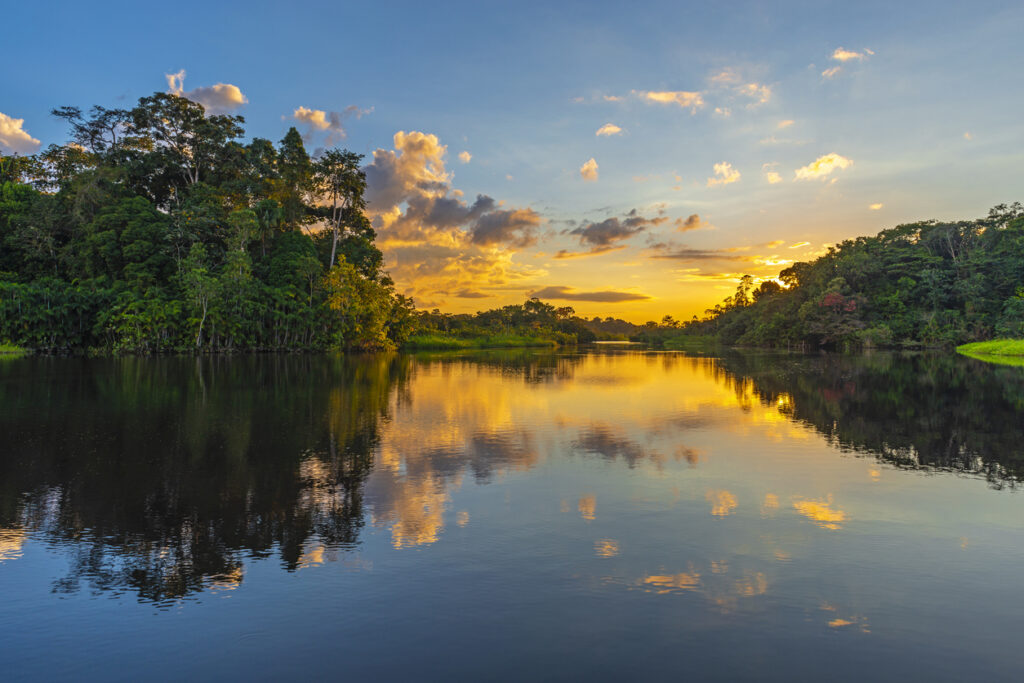
The Amazon plays a crucial role in stabilising the global climate. It stores an estimated 150 to 200 billion tonnes of carbon in its vegetation and soil. Trees here don’t just absorb CO2. They also help drive rainfall patterns across South America and beyond. The rainforest’s evapotranspiration system, or the process of trees releasing moisture, fuels a “flying river” that affects weather systems as far away as the US Midwest and Africa’s Sahel region. If these systems collapse, it won’t just affect local ecosystems. It will send ripples across the globe.
Despite its global significance, the Amazon is vanishing at an alarming rate.
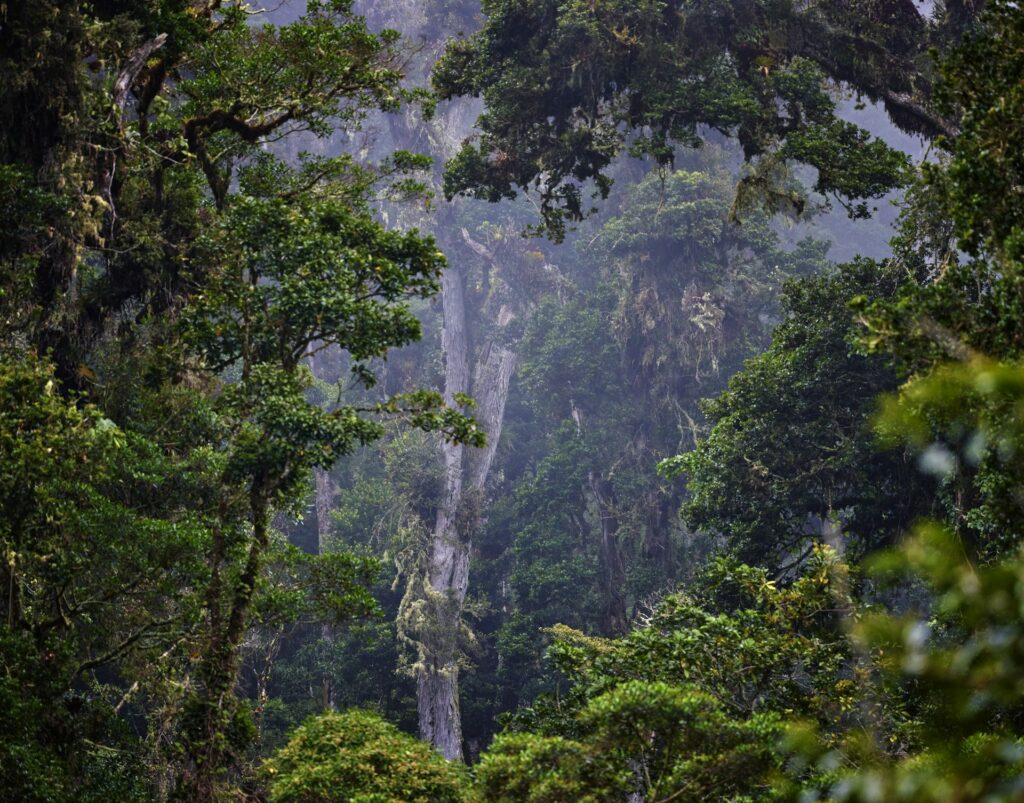
According to Brazil’s National Institute for Space Research (INPE), 2022 saw one of the highest deforestation rates in over a decade. Satellite imagery revealed over 10,000 square kilometres of forest loss in a single year. While illegal logging and land-grabbing are key drivers, climate change is compounding the damage. Extended droughts, rising temperatures, and changes in rainfall are increasing tree mortality and pushing the rainforest closer to a tipping point. Scientists warn that if deforestation surpasses 20–25% of the biome, the rainforest could shift into a dry Savannah-like ecosystem—a transformation that would be devastating and largely irreversible, according to data published in Science Advances.
What’s being done, and is it enough?
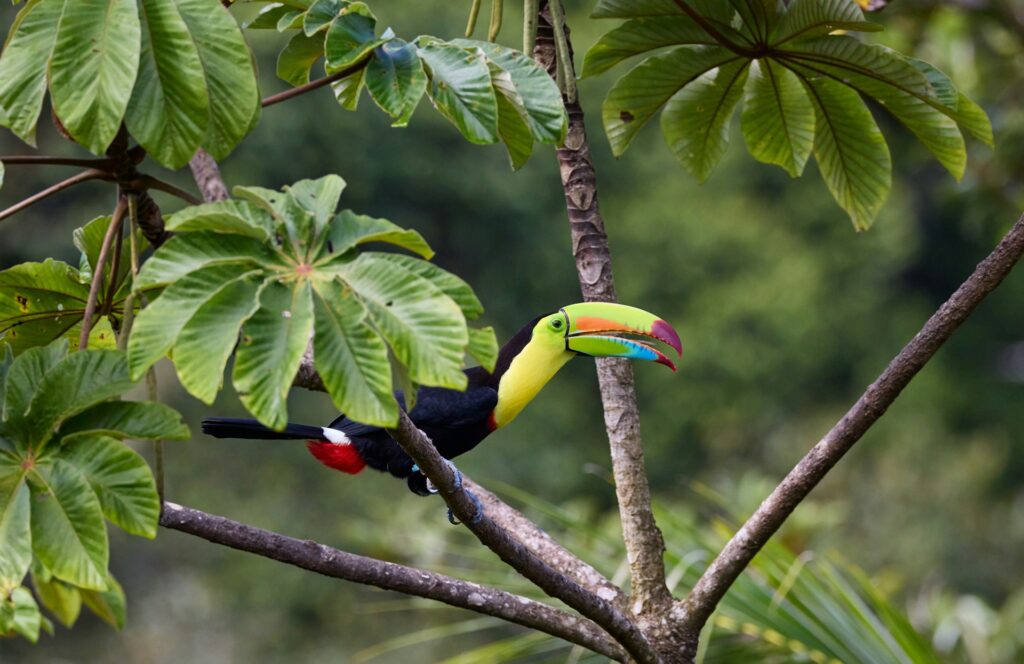
Conservation efforts in the Amazon are vast and varied. Protected areas and Indigenous territories currently cover around 50% of the biome, offering legal safeguards against development. Indigenous communities, in particular, have proven to be some of the most effective stewards of the forest. A 2021 study published in PNAS found that deforestation rates are significantly lower in Indigenous-managed lands compared to other areas, even those officially protected by the state. These communities blend traditional ecological knowledge with modern conservation practices, offering a blueprint for sustainable forest governance.
In recent years, there’s been a growing push for large-scale reforestation and the promotion of sustainable land use.
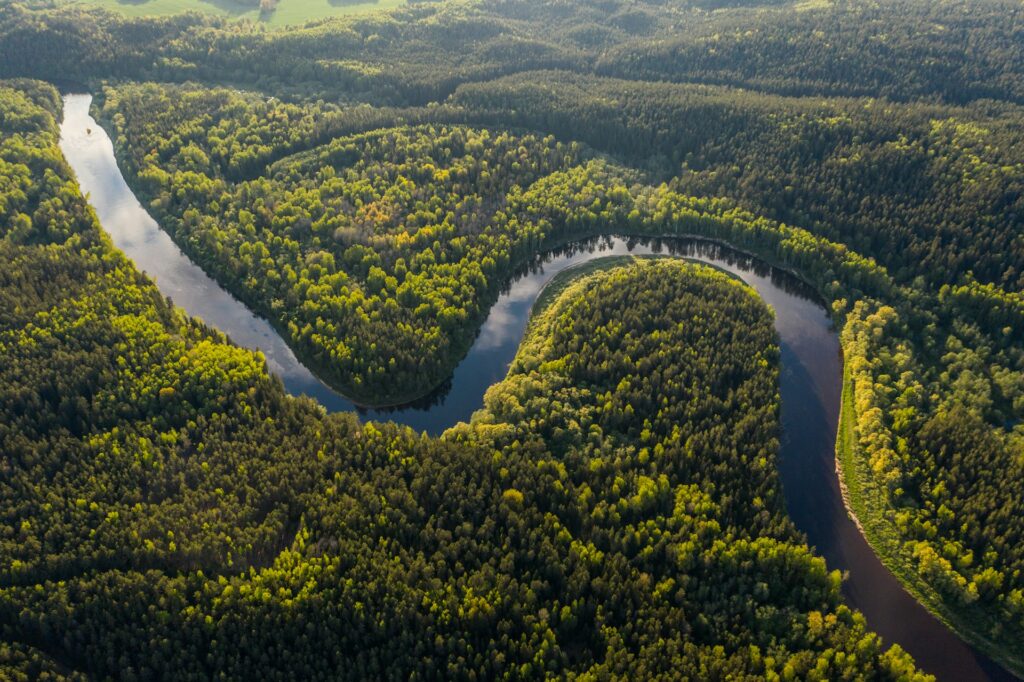
The Amazon Sustainable Landscapes Programme, supported by the World Bank and the Global Environment Facility, works to connect protected areas across borders and promote sustainable development models. Brazil’s Amazon Fund, established in 2008 and backed by international donors like Norway and Germany, has channelled hundreds of millions into forest protection, land regularisation, and community support, although political uncertainty has sometimes disrupted its progress.
Technology is also playing a larger role. Satellite monitoring platforms like Global Forest Watch now provide real-time alerts on deforestation hotspots, allowing quicker responses. Drones, camera traps, and AI-powered image analysis are increasingly used by NGOs and researchers to track illegal activity and monitor wildlife populations. Mobile apps have also been created to empower local people to document environmental crimes and share alerts with relevant authorities.
What are the barriers?

One of the biggest challenges is economic. For many people living in the Amazon, especially in remote, underserved communities, the forest is a source of income. Logging, cattle ranching, mining, and agriculture often offer more immediate financial gain than conservation. Without viable, sustainable economic alternatives, asking people to abandon these industries risks entrenching poverty and resentment.
Corruption and weak governance are persistent problems. In some regions, illegal land grabs and deforestation go unpunished due to poor enforcement or active complicity from local officials. Environmental defenders, many of them Indigenous leaders, face threats, harassment, and even murder. Global Witness has ranked Brazil as one of the most dangerous countries in the world for environmental activists.
International demand for beef, soy, palm oil, and gold fuels much of the destruction.
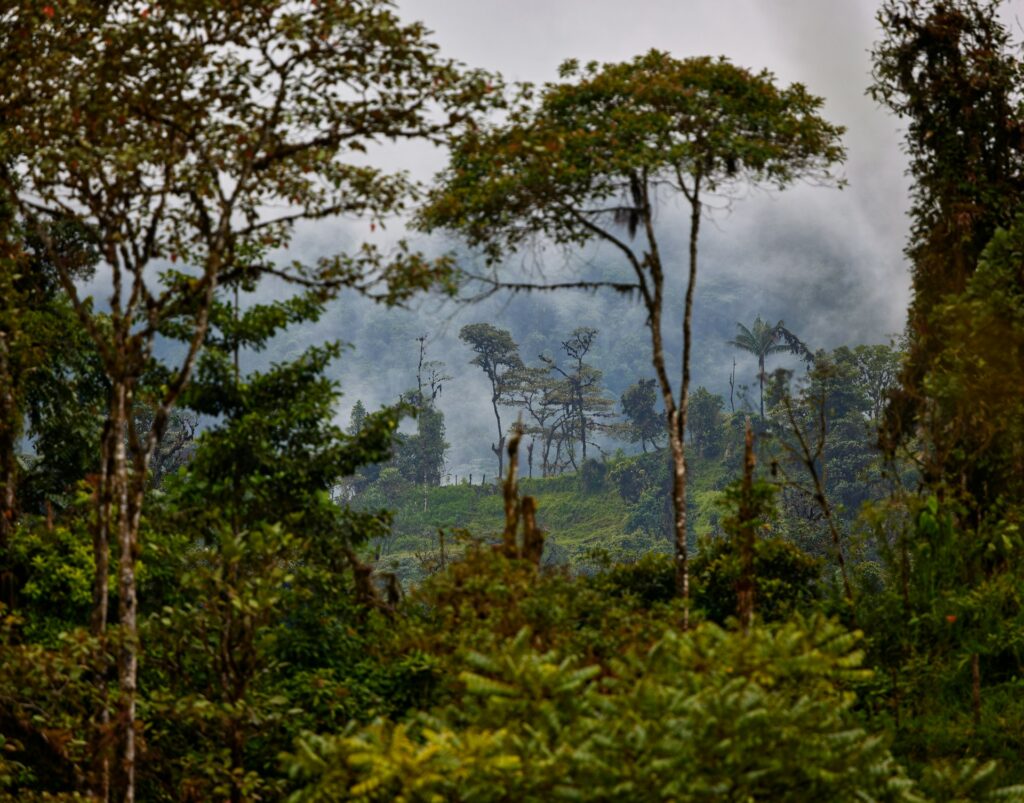
Even when consumers try to buy responsibly, tracing products back to their origin can be nearly impossible due to opaque supply chains and mislabelled exports. Until corporations are held accountable for environmental harm and transparency is improved, the Amazon will remain at risk.
There’s also the sheer scale of the rainforest. The Amazon spans over five million square kilometres—a territory larger than the European Union. Coordinated efforts are required across national borders and political ideologies, which can be slow-moving and fragile. And with climate change adding extra layers of pressure including fire risk, biodiversity loss, and water stress, the margin for error is shrinking.
So, can we save it?
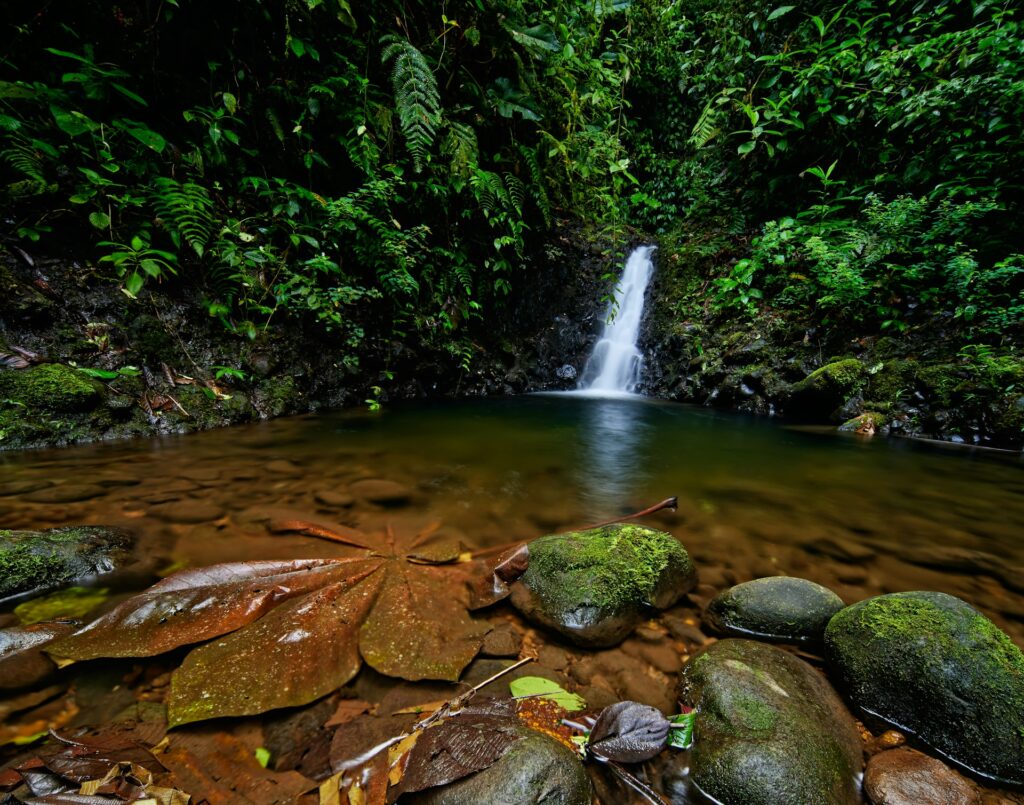
The truth is complicated. There is no quick fix for the Amazon—no single campaign, fund, or policy that will solve everything. But there are reasons for cautious optimism. Between 2004 and 2012, Brazil managed to reduce deforestation by 70% through a mix of law enforcement, improved monitoring, public pressure, and incentives for sustainable farming. It showed that with enough political will and international support, major progress is possible.
More recently, Brazil’s government has recommitted to reducing deforestation. In 2023, early figures showed a notable decline in forest loss during the first half of the year, driven by stricter enforcement, renewed investment in environmental agencies, and international cooperation. But history reminds us how quickly gains can be reversed.
To truly save the Amazon, solutions must be systemic.
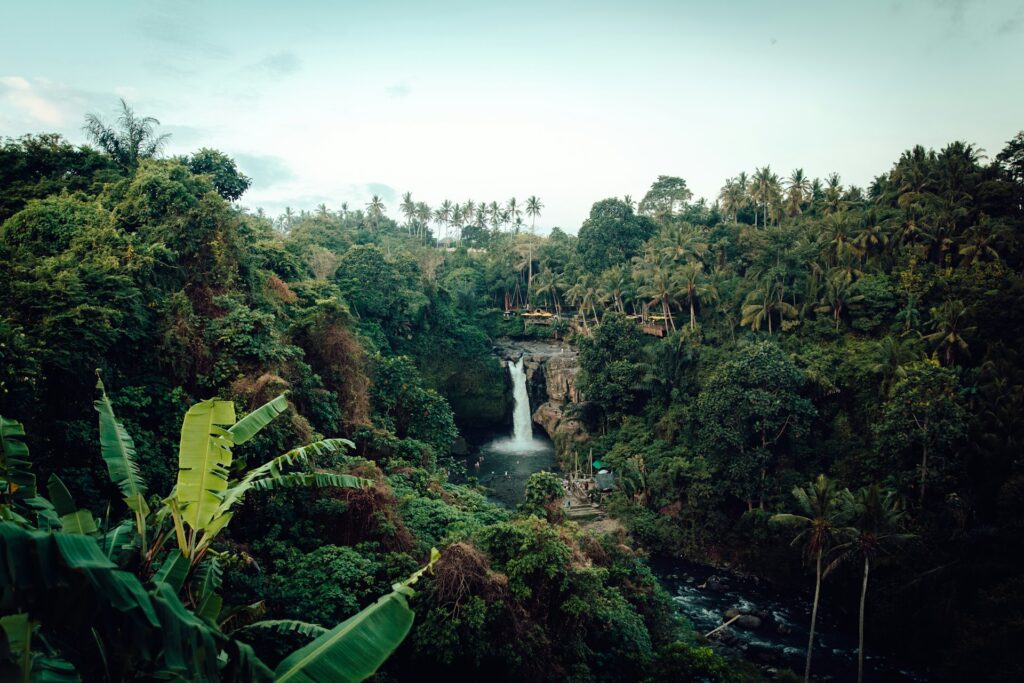
As individuals, we can’t single-handedly make sure the Amazon is protected. It needs a much bigger investment that needs to come from higher up. The efforts should include:
Strengthening land rights for Indigenous peoples and local communities.
Creating viable economic alternatives, such as ecotourism, non-timber forest products, and sustainable agriculture.
Enhancing supply chain transparency and holding corporations accountable.
Promoting global policies that reward forest conservation, such as carbon credit markets.
Investing in education and health in forest communities, empowering people to lead conservation efforts from within.
Consumers, too, play a role. By avoiding products linked to deforestation, demanding corporate responsibility, and supporting environmental NGOs, we can help shift the incentives away from destruction and toward preservation.
At a larger scale, protecting the Amazon must be seen as a global priority, not just a regional issue. Climate finance, cross-border partnerships, and international diplomacy must all be part of the picture. If the Amazon reaches its tipping point, the consequences will be felt far beyond South America.
There’s still hope if we act fast.
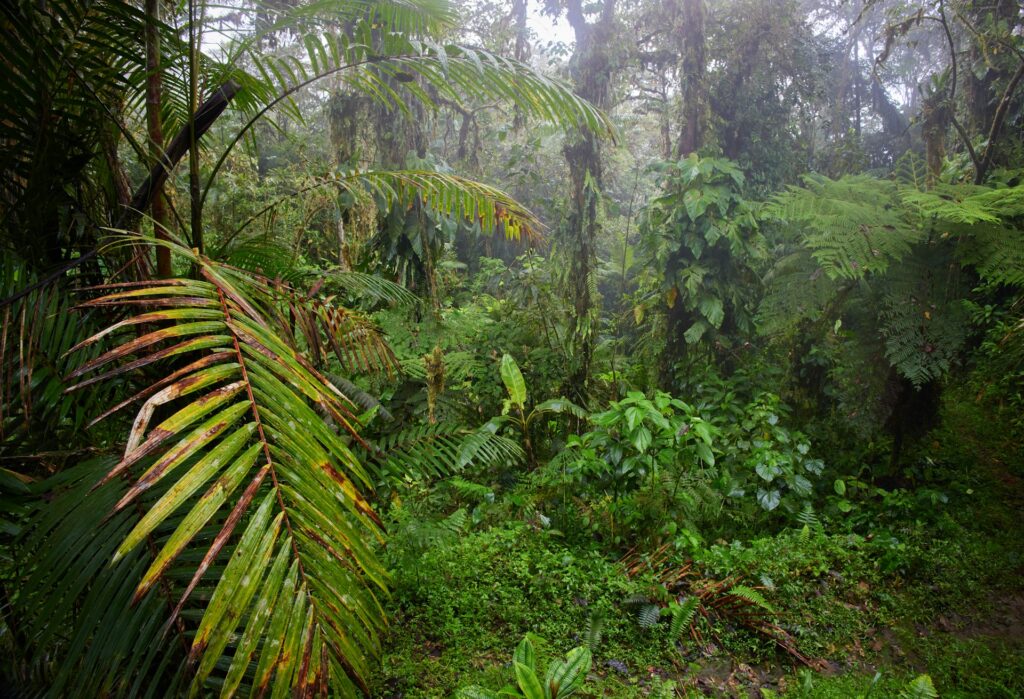
The Amazon rainforest is under immense pressure, but it’s not yet beyond saving. Its fate rests not only in the hands of governments or NGOs, but in the collective choices made by consumers, companies, and communities worldwide. The threats are real and urgent, but so are the solutions, and the willpower to act is growing.
We don’t need the Amazon to be untouched. We need it to be respected, protected, and allowed to thrive in harmony with the people who depend on it. If we embrace a model of conservation that’s inclusive, evidence-based, and rooted in justice, then yes, we can still save the Amazon. But the time to act is now, and the responsibility is all of ours.